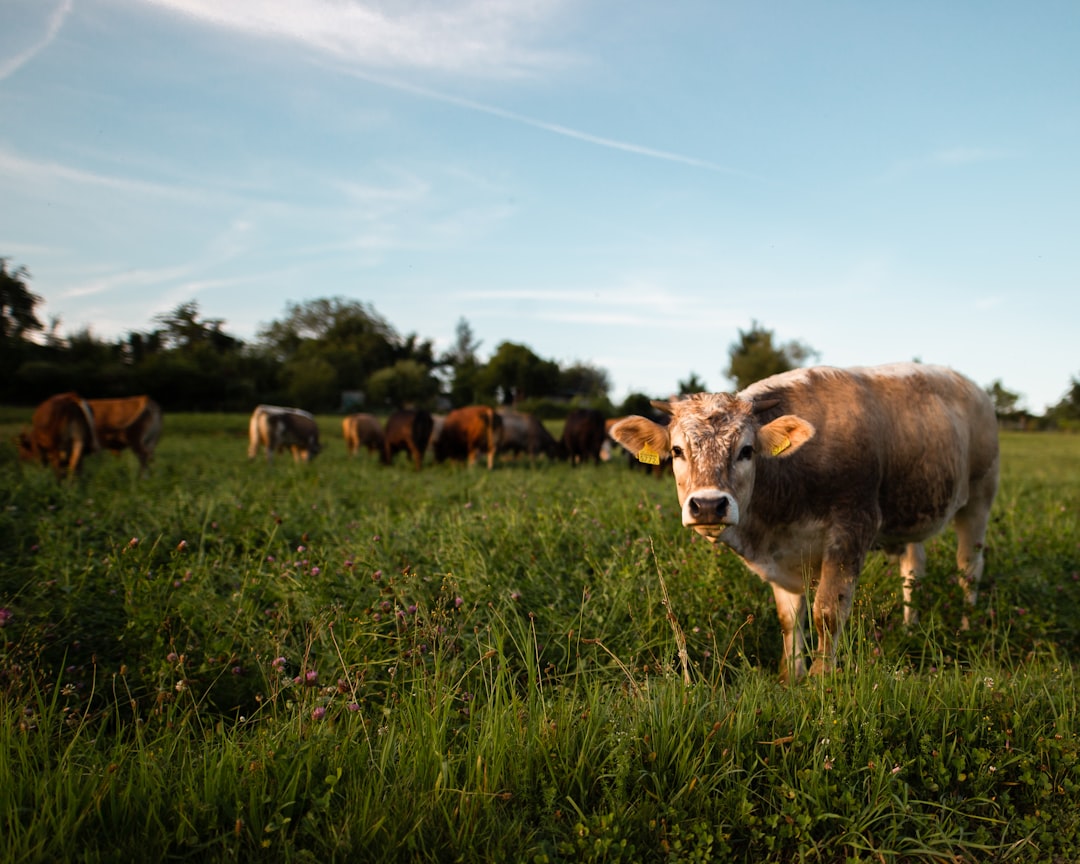Benefits of Regenerative Grazing
-
Soil Health and Fertility
Regenerative grazing enhances soil health by promoting deeper root systems, increasing organic matter, and improving soil structure. This leads to better water retention, reduced erosion, and increased fertility, making soils more resilient to extreme weather conditions
-
Carbon Sequestration
Healthy soils play a crucial role in capturing and storing atmospheric carbon dioxide. Regenerative grazing practices, such as rotational grazing, help build soil organic matter, thereby enhancing carbon sequestration capabilities -
Biodiversity and Ecosystem Services
These systems encourage a diverse range of plant species, providing habitat for wildlife and supporting ecosystem health. This biodiversity helps control pests naturally and supports pollinators, contributing to a more resilient ecosystem -
Water Management
Improved soil health allows for better water infiltration and retention, reducing the need for irrigation and protecting against droughts and floods.
Global Examples
-
Laikipia County, Kenya
A study in Laikipia demonstrated the effectiveness of holistic grazing practices. With more grazing livestock, wildlife populations doubled, milk yields increased, and animal weight gain nearly doubled compared to traditional grazing methods. -
European LIFE Regen Farming Project, Spain
This project showcased regenerative grazing's potential to improve soil quality and pasture diversity. It achieved up to 15% more grass production, reduced carbon footprint, and enhanced soil fertility. -
General Mills, USA
General Mills has committed to deploying regenerative farming practices across one million acres by 2030. This initiative focuses on improving soil health, biodiversity, and animal well-being while enhancing economic resilience.
Conclusion
Regenerative grazing systems offer a promising approach to sustainable agriculture by enhancing soil health, promoting biodiversity, and sequestering carbon. As the world seeks solutions to climate change and environmental degradation, these practices provide a model for transforming livestock management into a force for ecological renewal. By adopting regenerative grazing globally, we can create more resilient agricultural systems that benefit both the environment and local communities.
Future Directions
As regenerative grazing continues to gain recognition, future research should focus on scaling these practices while ensuring they remain adaptable to diverse environmental conditions. Additionally, integrating technology and policy support will be crucial for widespread adoption and long-term success. By embracing this holistic approach, agriculture can transition from a source of environmental degradation to a solution for global sustainability challenges.

Comments
No comments yet. Be the first to comment!
You must be logged in to comment. Login